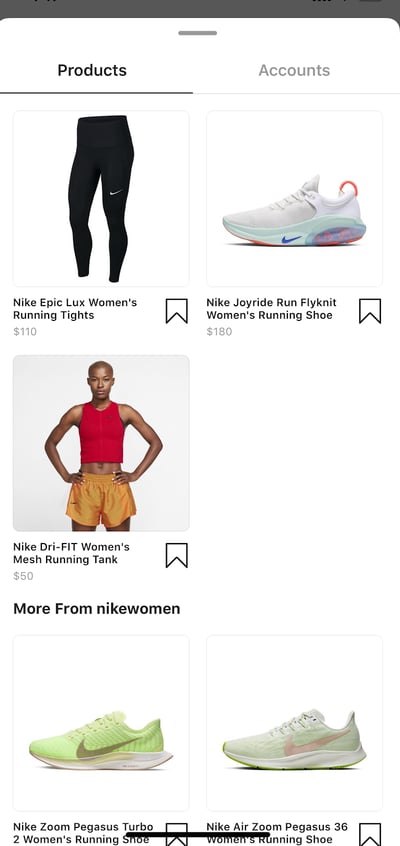Social Commerce: What It Is & How to Use It in 2021

Recently, I set an iPhone time limit on my social media use to “45 minutes”.
I figured 45 minutes would be more than enough. Almost an hour? In between working at HubSpot, catching up with friends, and attending exercise classes, I had no doubt 45 minutes would be plenty of social media consumption.
Unfortunately, I learned pretty quickly that I actually spend 45 minutes on social media before I even get to work in the morning.
I know I’m not alone. In fact, the average daily social media use of internet users worldwide amounts to 145 minutes per day.
With all that social media consumption, it makes sense that more businesses are turning to social media to market to their audiences. But marketing is just one aspect of the buyer’s journey — what about sales? Can that be done within social media platforms, as well?
It’s actually now entirely possible for businesses to sell products and services natively within social media sites.
Here, we’re going to explore that very concept — known as social commerce — and take a look at some impressive examples of social commerce, so you can consider trying it for your own company. Additionally, we’ll list some of the most popular social commerce platforms available today, so you can decide which one could give you the highest ROI.
Since many businesses are marketing on these social media sites already, it makes sense to allow users to purchase from within these platforms without leaving the site at all.
Should you leverage social commerce?
If you sell physical products online, leveraging social commerce is a great way to drive sales and revenue to your business. Users are used to the native purchasing experience at this point and prefer to be able to quickly make a purchase right on the social media app.
1. Social media checkout capabilities.
One of the best examples of social commerce is the ability to click a product and checkout right from within a social media site, like Instagram or Facebook.
For instance, Instagram has a “checkout” feature on their app, which allows you to click on a product within a post, choose a size and color, and proceed to payment within the platform.
The first time you use Instagram’s checkout feature, you simply need to enter your name, email, billing information, and shipping address. Once your order is complete, Instagram saves your information so you don’t need to enter it the next time you shop.
Additionally, you’ll receive notifications about shipping and delivery right from within Instagram, so you can also track your purchase without leaving the app.
For instance, let’s take a look at what happens when I click the “View Products” button (bottom right) on one of @NikeWomen’s Instagram posts:
Instagram immediately pulls up a page with all the details of every product included in the image.

Let’s say I’m particularly interested in the …read more
Source:: HubSpot Blog

![Download Now: Social Media Trends in 2021 [Free Report]](https://no-cache.hubspot.com/cta/default/53/3dc1dfd9-2cb4-4498-8c57-19dbb5671820.png)





